Some flowers look like they’re thriving in pots—until they start plotting their slow, silent revenge. It starts with a few droopy leaves. Then a refusal to bloom. Before you know it, your once-cheerful container garden looks like it’s going through a breakup. Not all flowers are meant for the pot life. Some need more room. Deeper soil. Better airflow. Or just the freedom to stretch out their roots without bumping into ceramic walls every five seconds. Sure, they can survive in containers—but thrive? That’s a whole different story. Here are 18 flowers that might look charming in pots, but deep down, they’re just waiting to escape.
Delphinium
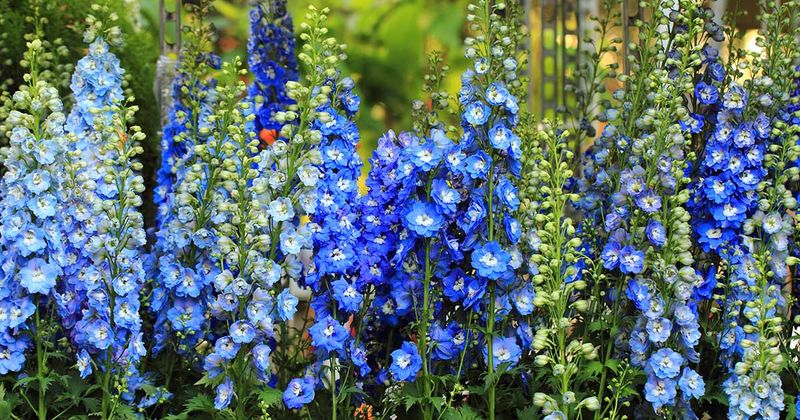
With its towering spikes of brilliant blue flowers, the delphinium is a showstopper. But, much like a free spirit confined, it despises being in a pot. Delphiniums crave deep, rich soil and plenty of room to grow.
When potted, they often struggle, yearning for the nutrients and space a garden provides. These flowers are best suited for cottage gardens, where they can sway in the breeze and soak up the sun.
Did you know? Delphiniums are named after the Greek word for dolphin, as their buds resemble the playful creature.
Peony
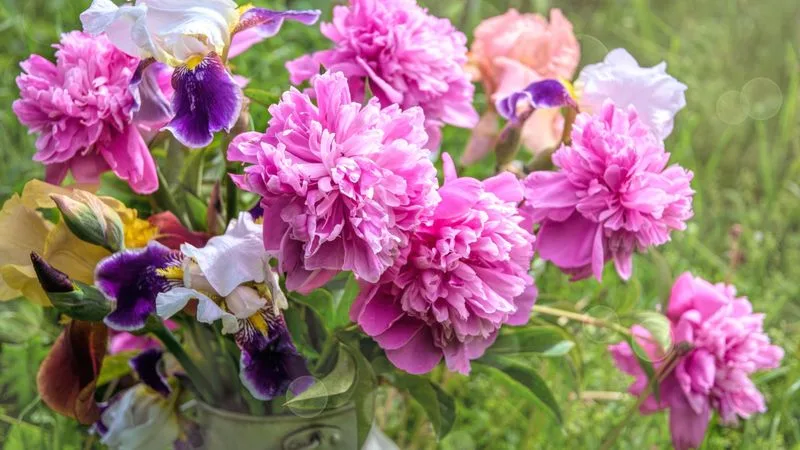
Peonies are the epitome of elegance, with their lush, fragrant blooms captivating any onlooker. Yet, these beauties loathe confinement. In pots, peonies can become stressed, lacking the depth and space their roots crave.
In the garden, they thrive, creating a stunning display in spring with minimal fuss. Their resilience to cold and preference for a stable environment make them ideal garden plants.
Fun fact: Peonies have been cultivated for over 2,000 years, symbolizing riches and honor in many cultures.
Lilac
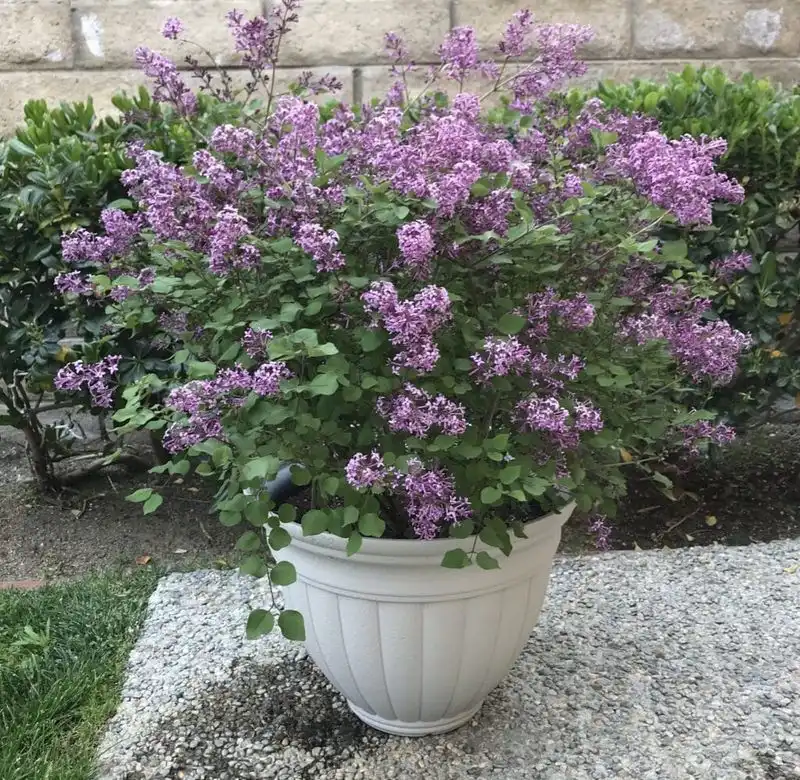
Lilacs exude a sweet, nostalgic fragrance that transports many to childhood memories of springtime. However, growing them in pots is a challenge. They yearn for the garden, where their roots can expand and support their abundant blooms.
In a pot, lilacs often become root-bound and fail to flourish. Gardens provide the space they need to become the centerpiece of any landscape.
Interesting fact: Lilacs are one of the oldest recorded ornamental plants and were introduced to Europe from Persia in the 16th century.
Hydrangea
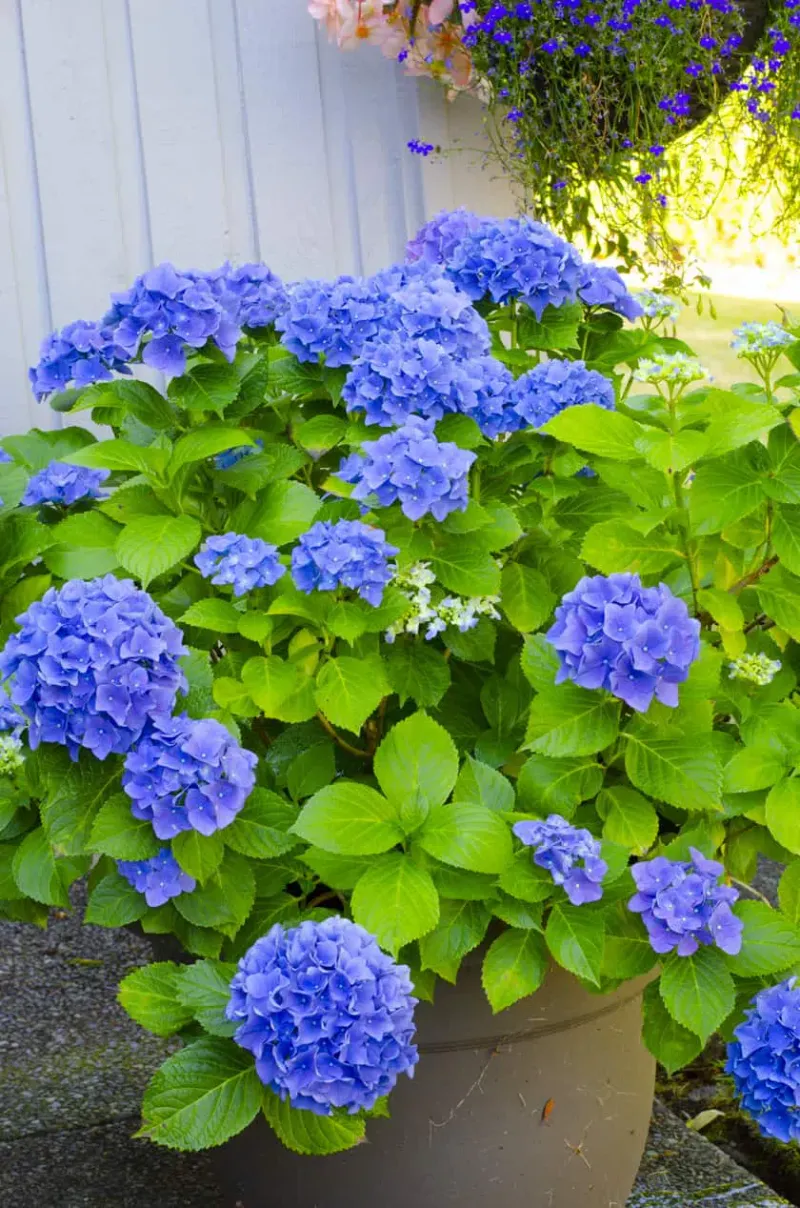
The hydrangea, with its large, cloud-like blooms, is a favorite among gardeners. However, its beauty can be deceiving in a pot. Hydrangeas require consistent moisture and a lot of space to develop their impressive flower heads.
In pots, they often suffer from drought stress and nutrient deficiencies. A garden setting allows them to spread and soak up nutrients more effectively.
Did you know? Hydrangeas can change color based on soil pH, with acidic soils producing blue flowers and alkaline soils yielding pink ones.
Gardenia
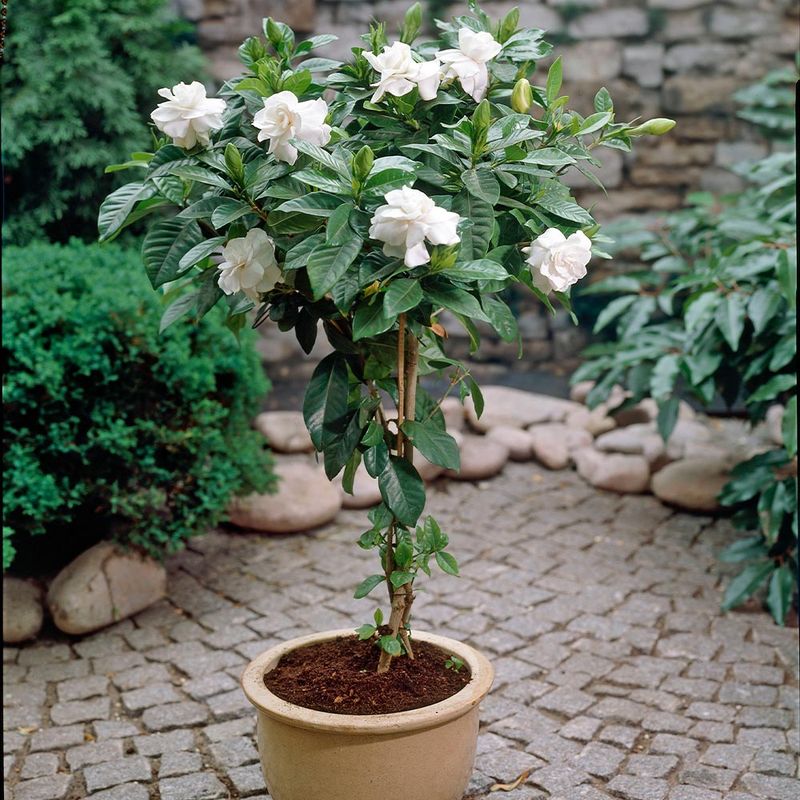
Gardenias are known for their intoxicating scent and glossy leaves. Yet, in pots, they often struggle to maintain their vigor. These plants thrive in high humidity and rich, well-drained soil, conditions not easily replicated in potted environments.
When confined, gardenias can become temperamental, showing signs of stress like yellowing leaves. Gardens provide the balanced environment they need to flourish.
Quirky fact: In Victorian times, gardenias symbolized secret love and were often used in bouquets to convey unspoken emotions.
Hollyhock
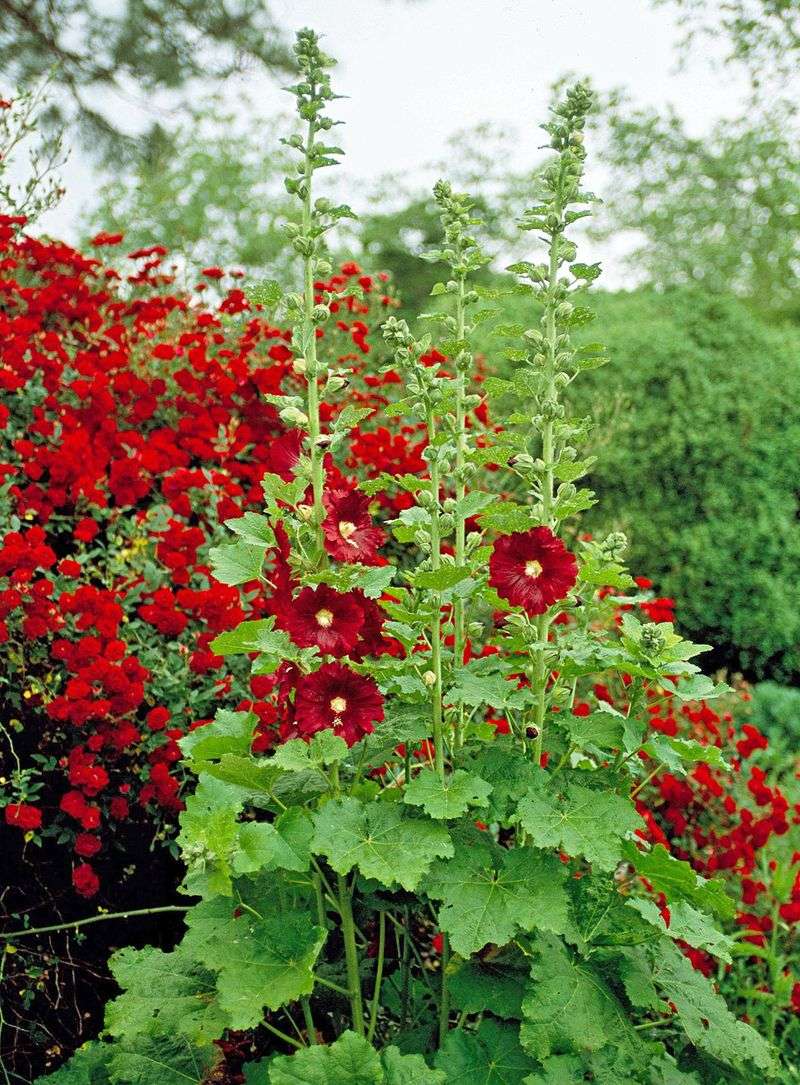
Hollyhocks bring a touch of old-world charm with their tall, elegant spires. Despite their striking appearance in pots, they truly shine in gardens. Hollyhocks need ample space to anchor their long stems and absorb nutrients.
In confinement, they often become top-heavy and prone to tipping. Gardens provide stability and support, allowing them to reach their full potential.
Intriguing fact: Hollyhocks have been a staple in cottage gardens for centuries and were believed to have medicinal properties in ancient times.
Wisteria
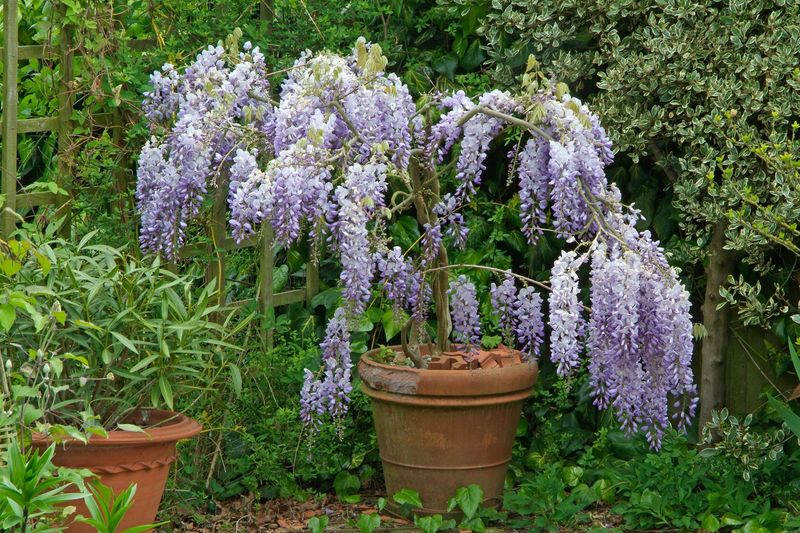
Wisteria is synonymous with enchanting, cascading beauty. However, its vigorous growth habit makes it ill-suited for pots. Wisterias demand room to spread, climb, and latch onto structures.
In pots, their growth is stunted, and they rarely flower profusely. Planted in a garden, they can become a stunning feature, draping gracefully over arbors and pergolas.
Did you know? Wisteria can live for over a hundred years, becoming more beautiful with age.
Camellia
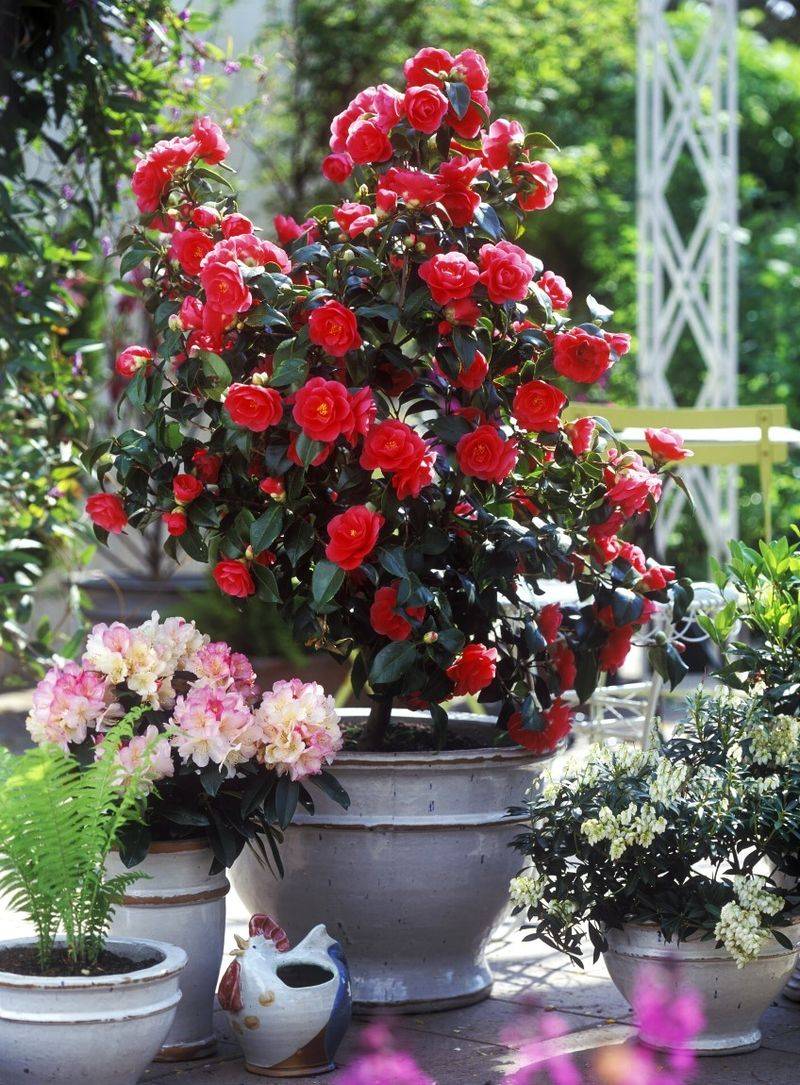
Camellias are prized for their stunning, rose-like blooms and glossy foliage. While they can temporarily reside in pots, they thrive in gardens. Camellias need acidic soil, consistent moisture, and room to grow, conditions not easily met in containers.
In pots, they can become root-bound and leggy. A garden allows them to develop into robust shrubs, offering a spectacular floral display.
Fun fact: Camellias have been a symbol of love and longing in Chinese culture for centuries.
Rose
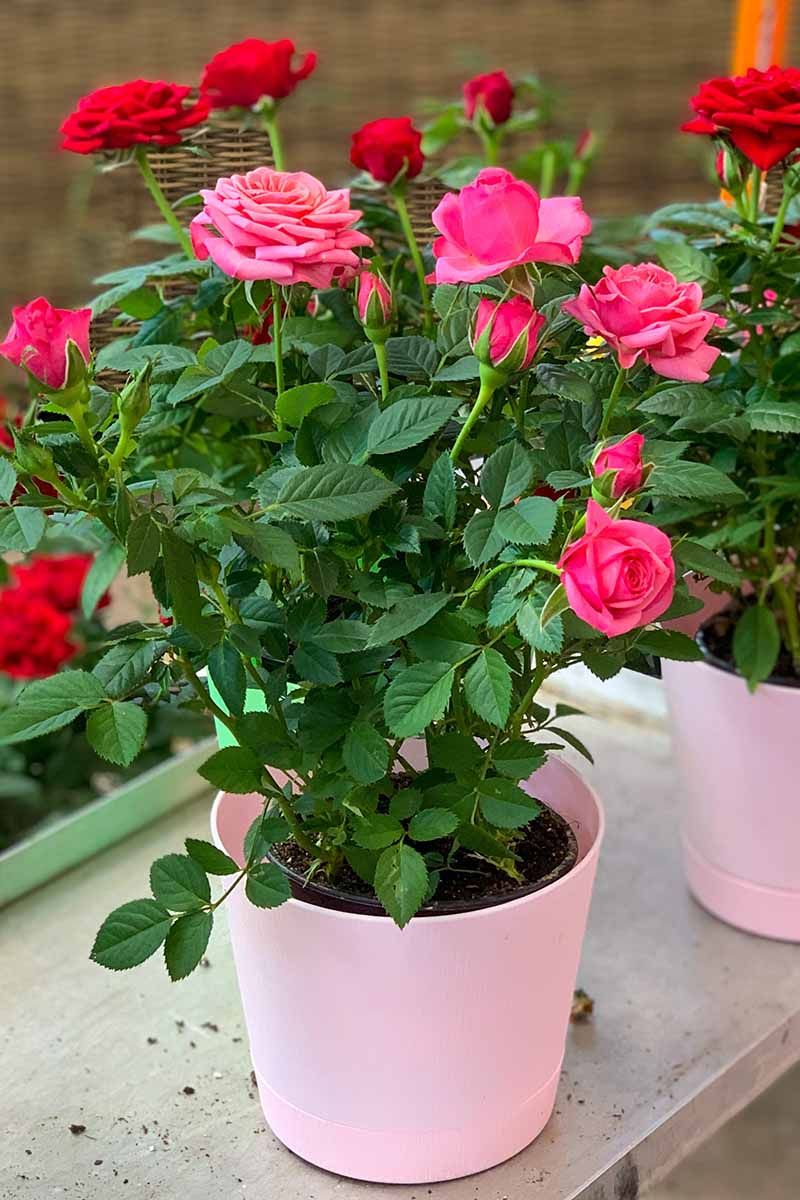
Roses are the quintessential garden flower, known for their beauty and fragrance. In pots, they often struggle, as they crave space for their roots to spread and access to abundant nutrients.
Potted roses can become stressed, showing poor growth and fewer blooms. In a garden, they flourish, becoming the star of any landscape.
Did you know? Roses have been revered since ancient times, with fossil evidence suggesting they are over 35 million years old.
Bee Balm
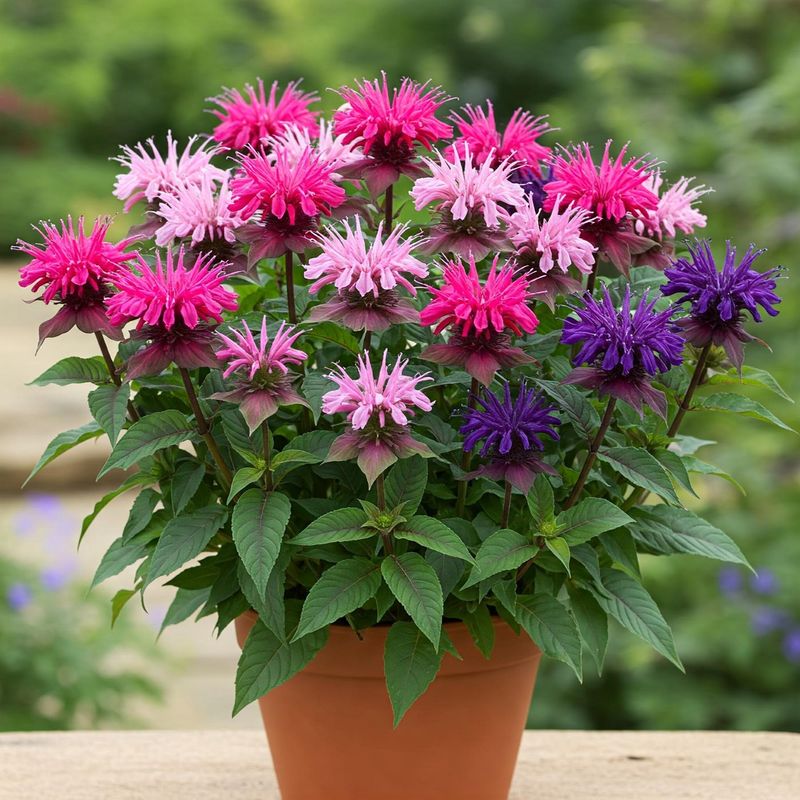
Bee balm, with its unique, tubular flowers, is a magnet for pollinators. While it can be grown in pots, it prefers the freedom of a garden bed. Bee balm requires space to spread and access to moisture and nutrients.
In pots, it often lacks the conditions needed to thrive, becoming leggy and sparse. Gardens offer the ideal environment for it to grow lush and dense.
Interesting fact: Bee balm has been used traditionally by Native Americans for its medicinal properties, including soothing bee stings.
Dahlia
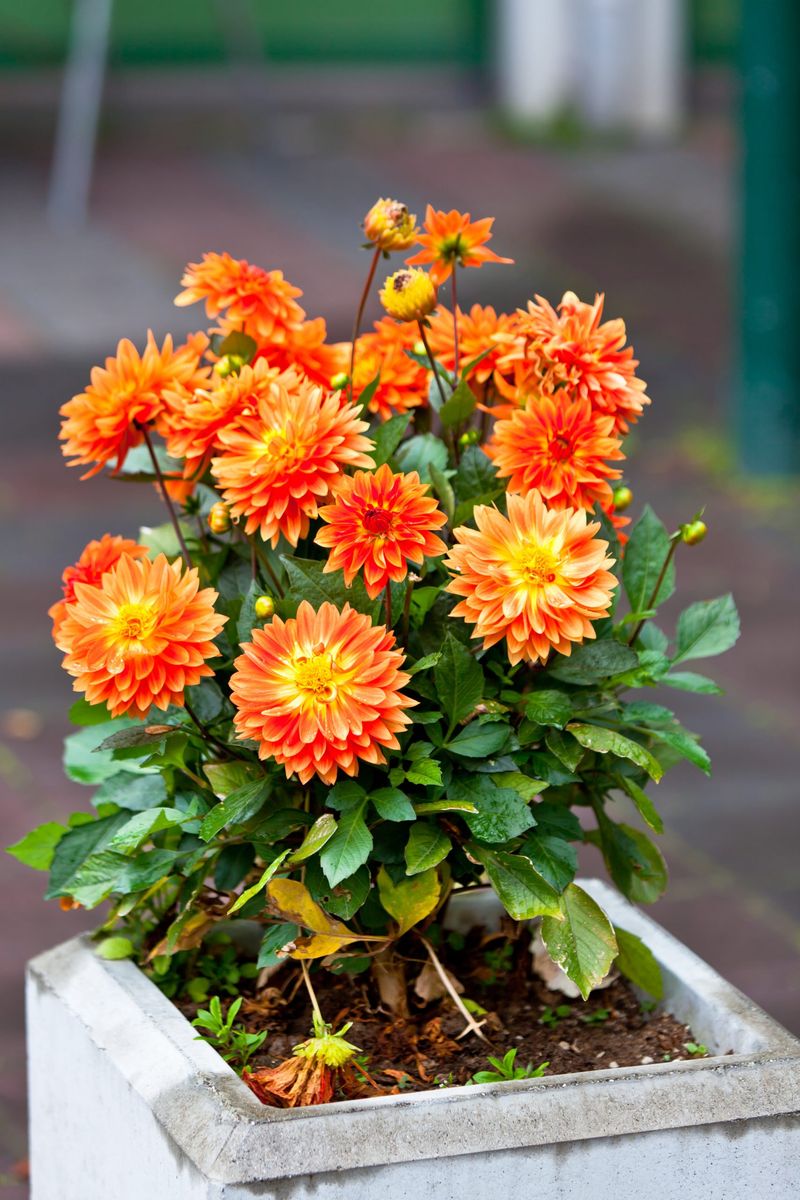
Dahlias are renowned for their vibrant blooms and diverse forms. However, they can be tricky to keep in pots. Dahlias require rich soil, consistent moisture, and space to grow their tuberous roots.
In pots, they often miss out on these essentials, leading to poor flowering and sparse foliage. Gardens provide the environment they need to flourish and become showpieces.
Fun fact: Dahlias were once considered a food source, with their tubers eaten by the Aztecs.
Magnolia
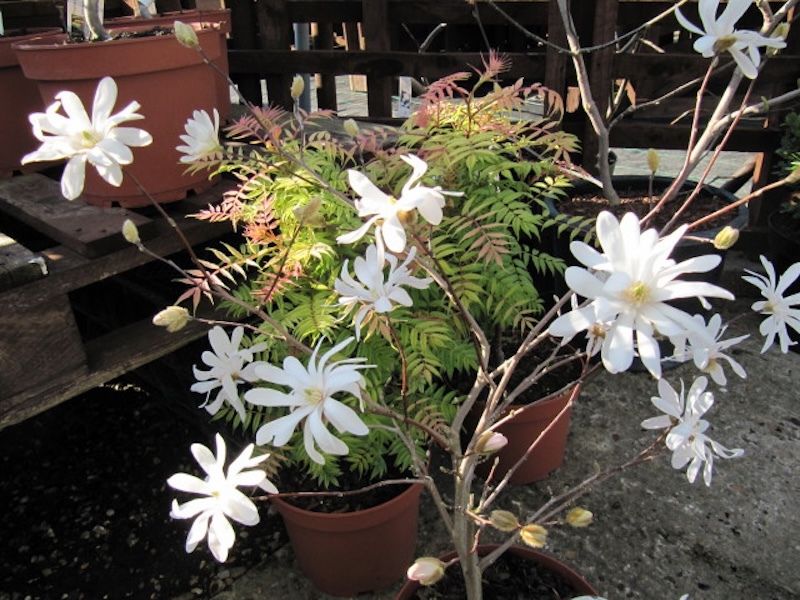
Magnolias are majestic trees known for their large, fragrant blossoms. In a pot, magnolias can feel confined, longing for the space and nutrients a garden offers.
Potted magnolias often struggle with limited growth and fewer blooms. In a garden, they can grow into magnificent specimens, providing shade and beauty.
Did you know? Magnolia trees have existed for millions of years, predating even the bees, with beetles being their original pollinators.
Rhododendron
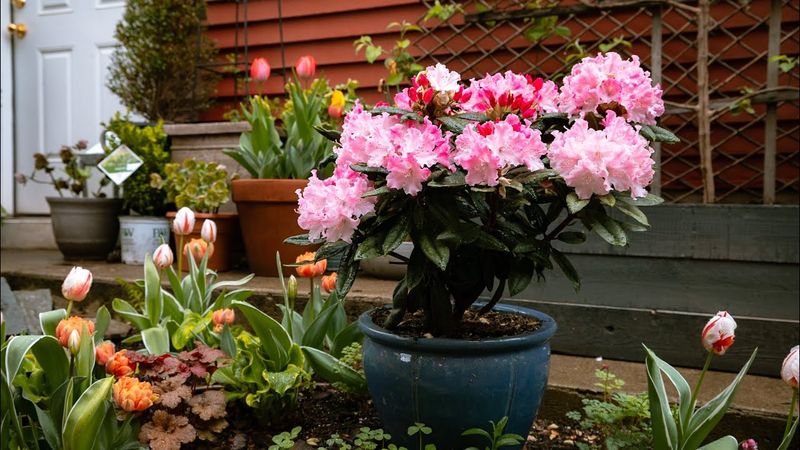
Rhododendrons are admired for their generous clusters of flowers and evergreen leaves. Pot-growing can be tough on these plants, as they prefer acidic soil and ample space.
In confinement, their growth is stunted, and they may bloom less frequently. The garden provides the acidic, well-drained soil they need to thrive.
Interesting fact: Rhododendrons are native to Asia and were first introduced to Europe in the 18th century, quickly becoming popular in gardens.
Forsythia
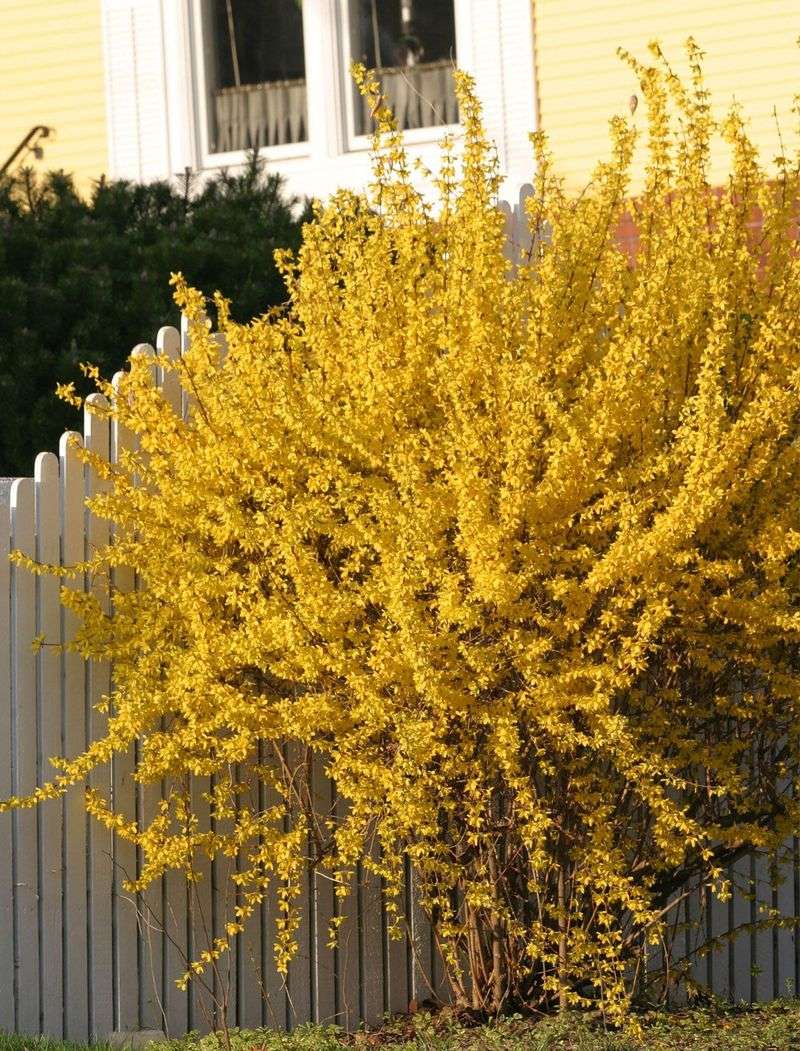
Forsythias herald the arrival of spring with their cheerful yellow blooms. Yet, in pots, they often struggle to make such a bold statement. Forsythias prefer open spaces where their branches can spread.
Potted forsythias may suffer from limited growth and sparse flowering. A garden setting allows them to grow freely and become a focal point in spring.
Fun fact: Forsythias are named after William Forsyth, a Scottish botanist and founding member of the Royal Horticultural Society.
Lavender
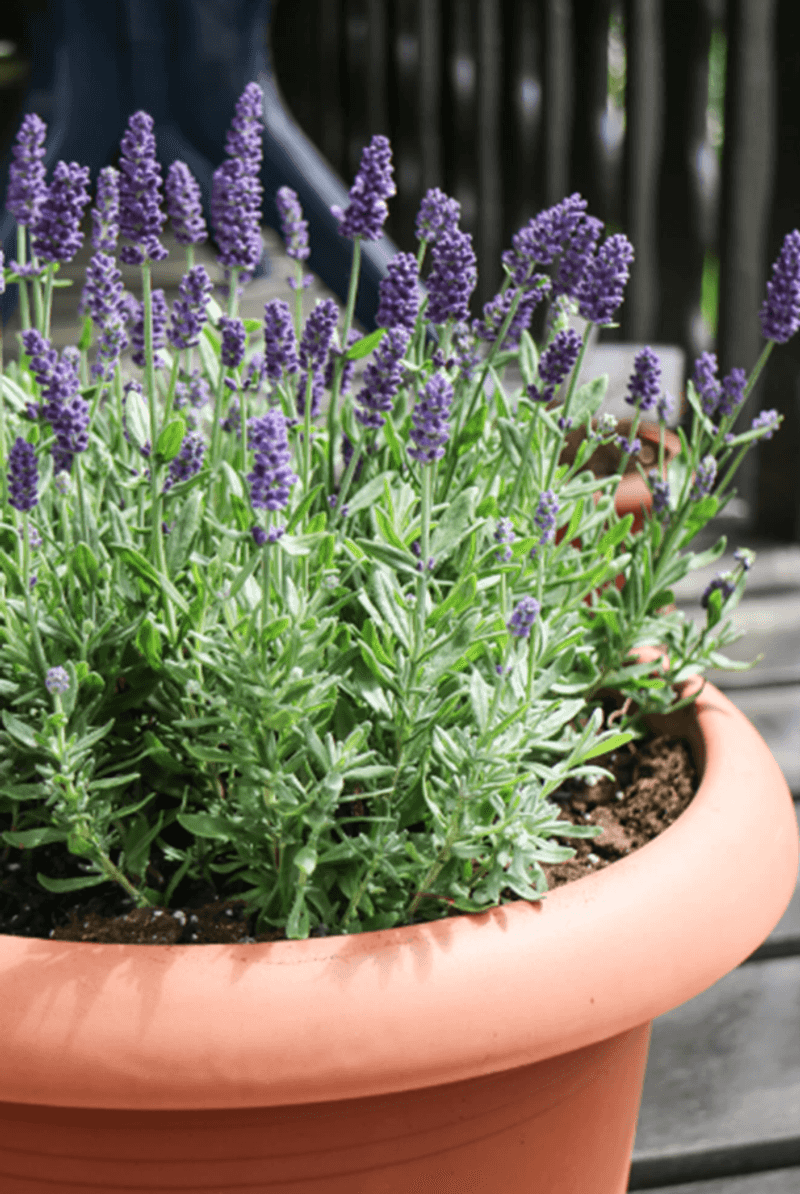
Lavender, with its soothing scent, is a favorite for both gardens and homes. In pots, however, lavender can become stressed, requiring well-drained soil and plenty of sunlight to thrive.
When confined, it may develop root rot or become leggy. A garden provides the ideal conditions, with ample drainage and space for growth.
Did you know? Lavender has been used for centuries for its calming properties, often added to baths and sachets for relaxation.
Azalea
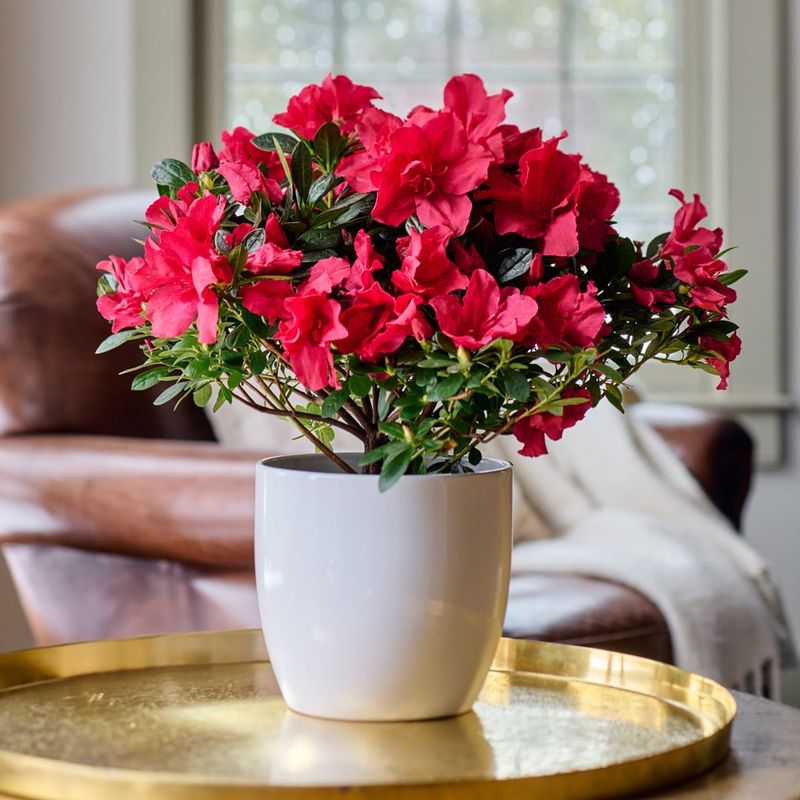
Azaleas are known for their stunning spring displays, but they can be finicky in pots. These plants prefer acidic, well-drained soil and ample room for their roots.
In pots, azaleas often become root-bound and less vigorous. Gardens provide the conditions they crave, allowing them to bloom profusely.
Interesting tidbit: Azaleas are often associated with temperance and passionate love, symbolizing the balance between emotion and restraint.
Lilies
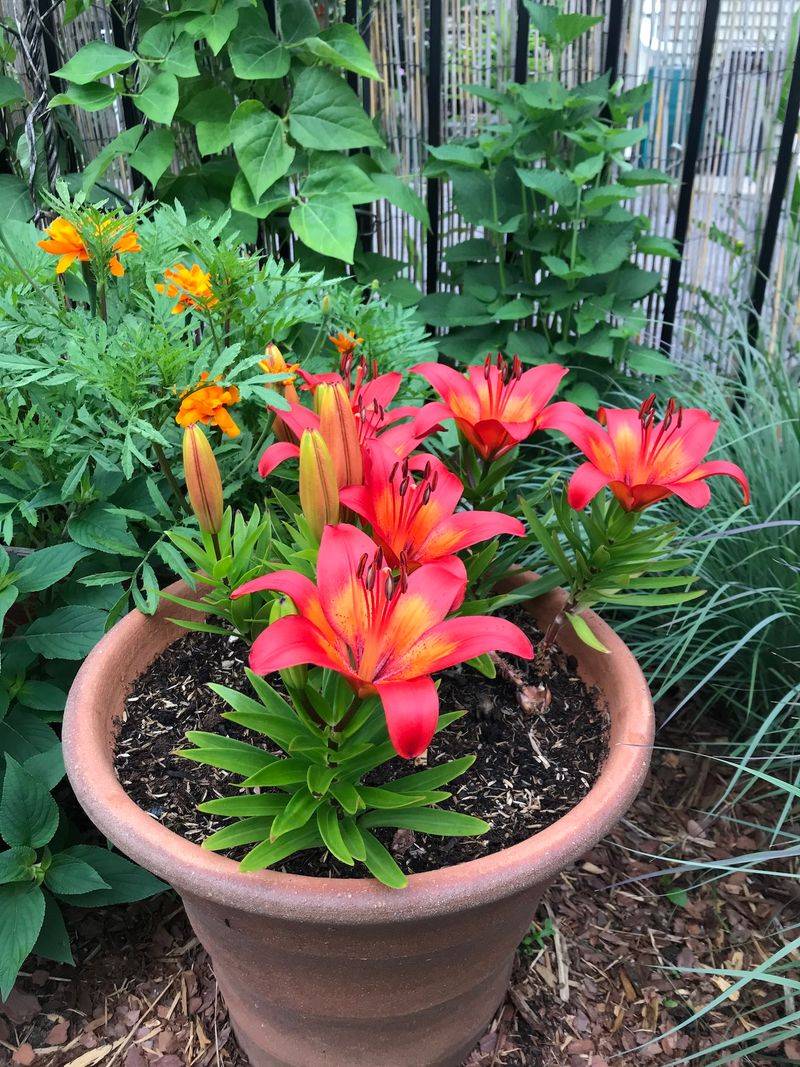
Lilies, with their striking flowers, are loved by many. Yet, in pots, they can struggle to reach their full potential. Lilies need rich soil and ample space for their bulbs to multiply and thrive.
Potted lilies often show stunted growth and fewer flowers. In gardens, they can flourish, adding elegance and beauty to any setting.
Fun fact: Lilies have been cultivated for over 3,000 years, symbolizing purity and refined beauty in various cultures.
Jasmine
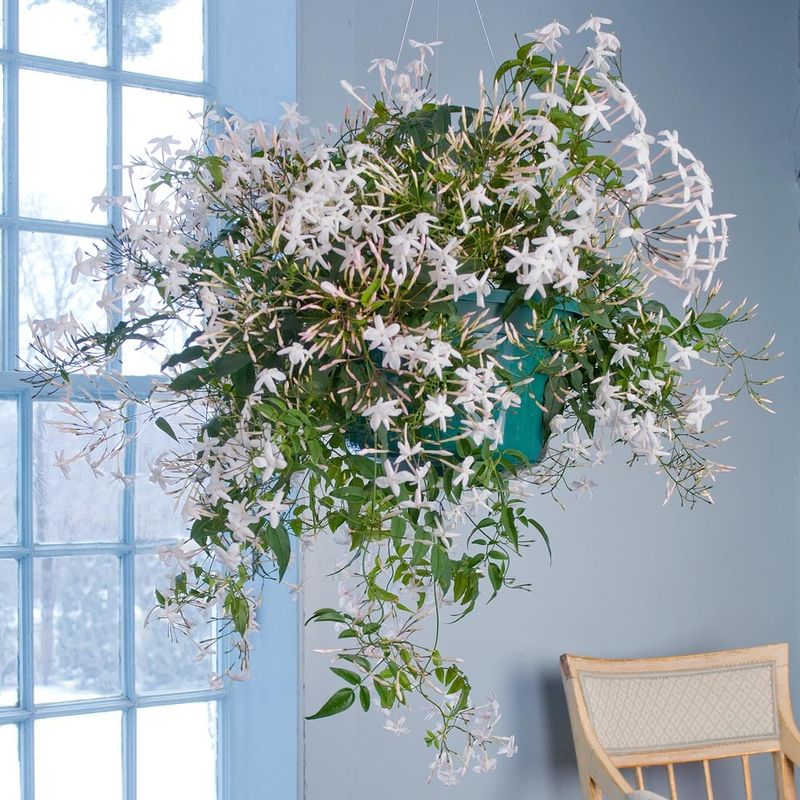
Jasmine is cherished for its sweet fragrance and delicate blossoms. But, in pots, it can be challenging to maintain its lush growth. Jasmine prefers a warm climate, rich soil, and plenty of space to spread.
Confined to pots, it often experiences root stress and limited flowering. Gardens offer the perfect conditions for it to climb and flourish.
Did you know? Jasmine has been used in perfumery for centuries and is a symbol of love and romance in many cultures.

